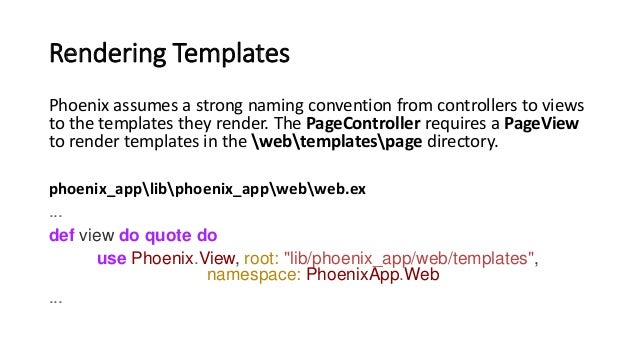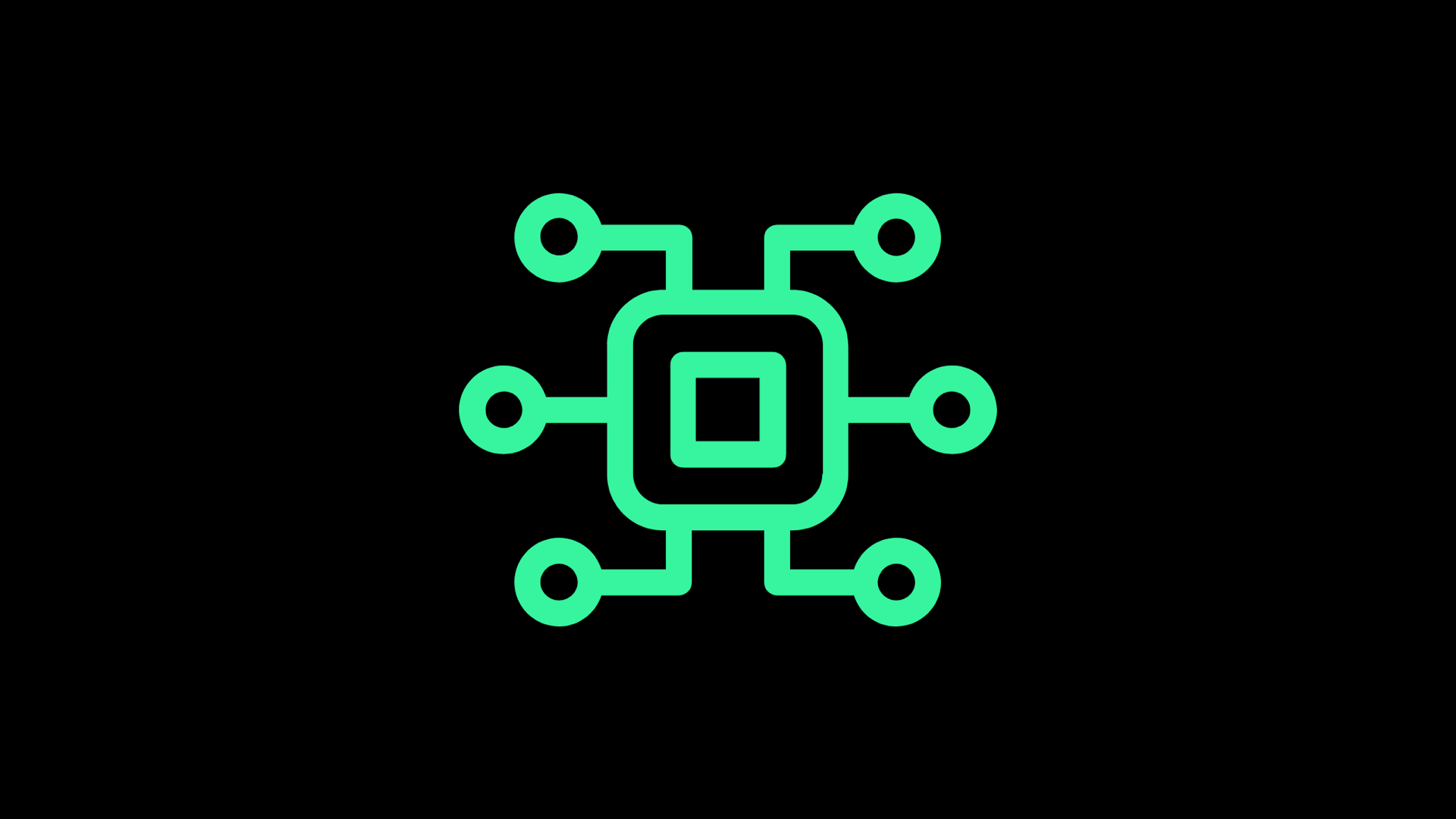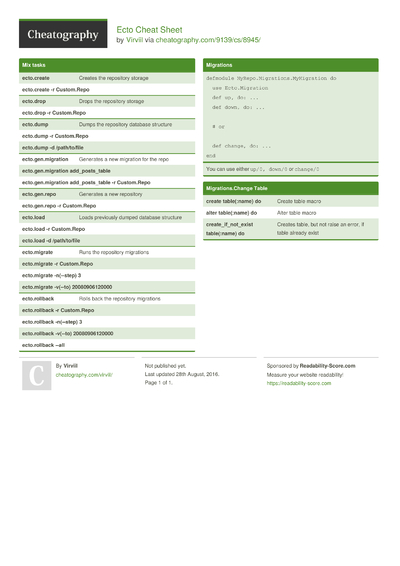
Our Hello.Repo module is the foundation we need to work with databases in a Phoenix application. Notice that we do get an id column as our primary key by default, even though it isn't listed as a field in our migration. Updated_at | timestamp without time zone | not null

Inserted_at | timestamp without time zone | not null Id | bigint | not null default nextval('users_id_seq'::regclass) defmodule do use Ecto.Migration def change do create table ( :users ) do add :name, :string add :email, :string add :bio, :string add :number_of_pets, :integer timestamps ( ) end end endĪnd here's what that translates to in the actual users table. It will also add timestamp columns for inserted_at and updated_at which come from the timestamps/1 function. If we take a look at the migration generated by in priv/repo/migrations/, we'll see that it will add the columns we specified. Public | users_id_seq | sequence | postgres Public | schema_migrations | table | postgres You are now connected to database "hello_dev" as user "postgres". Ecto assumes that we want an integer column called id as our primary key, so we should see a sequence generated for that as well. If we log in to our database server, and connect to our hello_dev database, we should see our users table. Mix assumes that we are in the development environment unless we tell it otherwise with MIX_ENV=prod mix ecto.migrate. With our files in place, let's follow the instructions and run our migration: $ mix ecto.migrate

Next, a migration file was generated inside priv/repo/migrations/ which will create our database table that our schema maps to. First, we have a user.ex file, containing our Ecto schema with our schema definition of the fields we passed to the task.
ELIXIR ECTO CAST UPDATE
Remember to update your repository by running migrations:Ī couple of files were generated with this task. $ mix User users name:string email:string \ Let's generate a User schema with name, email, bio, and number_of_pets fields. Ecto schemas are a way for us to specify how Elixir data types map to and from external sources, such as database tables.

Once we have Ecto and PostgreSQL installed and configured, the easiest way to use Ecto is to generate an Ecto schema through the task. For instructions on switching to MySQL, please see the Using MySQL section.
ELIXIR ECTO CAST HOW TO
The introductory guides cover how to get your first application up and running. This guide assumes that we have generated our new application with Ecto integration and that we will be using PostgreSQL. Please check out Ecto's README for general information. You can pass the -database option to change or -no-ecto flag to exclude this.Įcto also provides support for other databases and it has many learning resources available. Newly generated Phoenix projects include Ecto with the PostgreSQL adapter by default. Phoenix uses Ecto to provide builtin support to the following databases: Before we jump into building database-backed web features, we're going to focus on the finer details of Ecto to give a solid base to build our web features on top of. In the Elixir ecosystem, we have Ecto to enable this. Most web applications today need some form of data validation and persistence. The context in this case is the Accounts module - it's the "public API" that we will use whenever we want to create, update or delete users in the future.Requirement: This guide expects that you have gone through the introductory guides and got a Phoenix application up and running. Since Phoenix 1.3, developers are encourages to group modules that belong together into so-called " contexts". As you can see, our User and Accounts modules are pretty connected - Accounts is really just like an interface for doing things with User. Example: %User with the user struct that was just added! You can see that the inserted_at and updated_at-fields have also been populated automatically.īefore we move on to the next lesson, we're going to make a little change to our folder structure. If you come from an objected-oriented background, you can see this as a "model instance".

We start out with a struct based on one of our schemas. This is a concept in Ecto that can be a bit confusing if you're used to an object-oriented language like Ruby or Python, where you have models and ORMs, but don't worry, it's not too difficult! Here's how it works: In order to add a row to a database table using Ecto, we should create what's called a changeset. What's left is some logic to send the data from the browser to the server, and finally to the database! What's a changeset? We now have our basic UI, and we have our first database table set up.


 0 kommentar(er)
0 kommentar(er)
